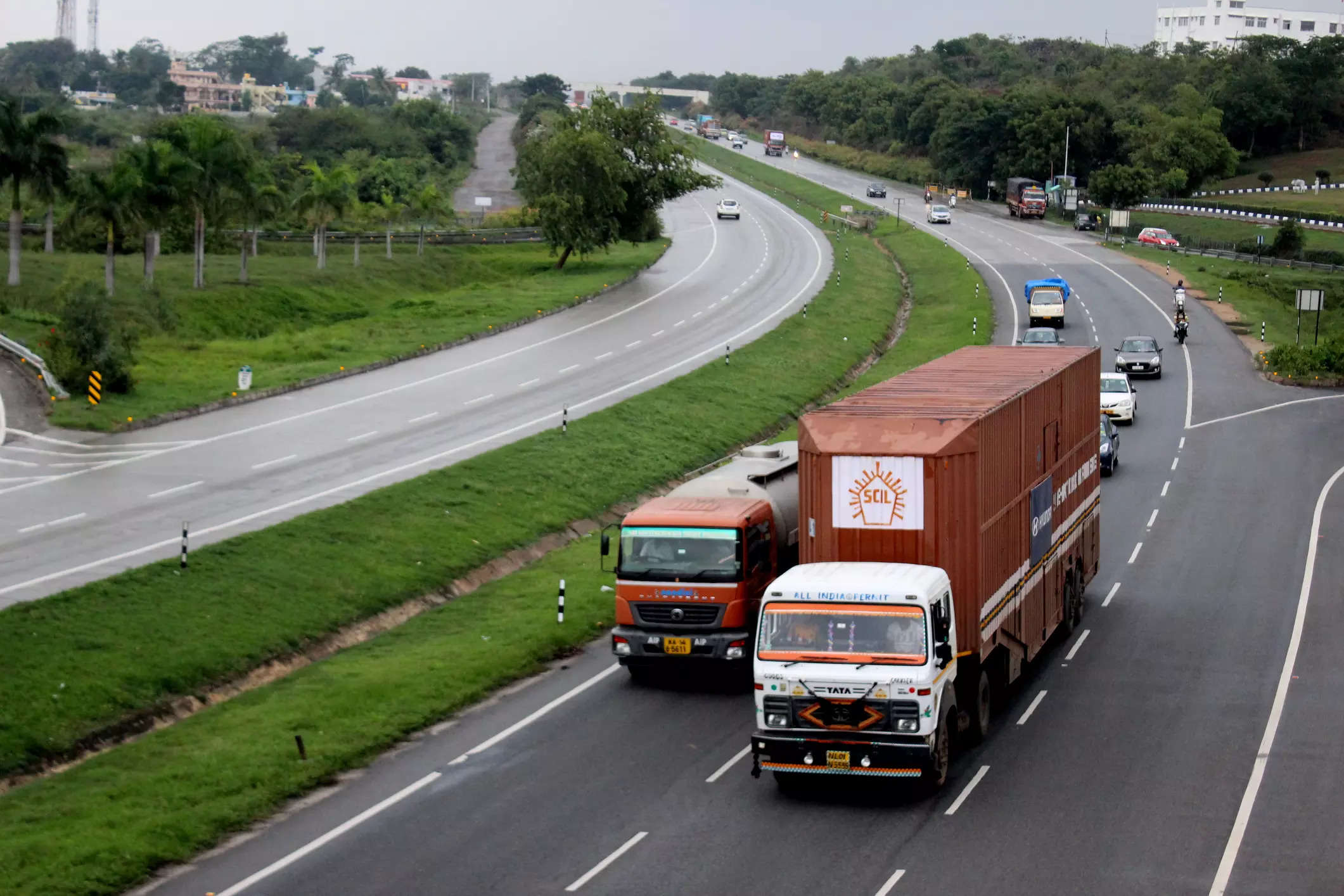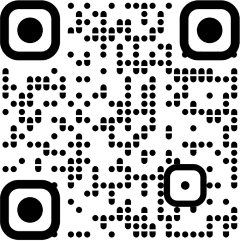
New Delhi: India, which has one of the deadliest roads in the world, aims to expand its Incident Management Services (IMS) across all national highways with private sector participation to lower fatal accidents and enhance road user safety.
IMS on national roads will be provided, run, and maintained by businesses who respond to a request for proposals (RFP) from the ministry of road transport and highways (MoRTH). As part of this program, roadways would have ambulances, cranes, 24/7 patrol cars, and professional staff who could respond quickly to accidents and save the lives of accident victims.
One of the most hazardous road systems in the world is in India. According to the National Crime Records Bureau, road accidents took the lives of 156,000 people in 2021, or 457 people every day. With more than 40% of all traffic accidents occurring on national roads annually, they have become one of the leading killers.
According to government estimates, there is an accident on Indian roads every minute, and there is a fatal accident every four minutes. As many as 35 accidents occur for every 1,000 automobiles, and delays in delivering post-accident treatment frequently result in fatalities. An office note from MoRTH stated that the ministry has requested feedback on the draft RFP and that additional discussions will take place before the service is completed and implemented across all states in this fiscal year.
Ambulances, cranes, and other emergency vehicles would have a 30-minute response time limit under IMS. Integrating the single hotline for highways would further minimize this.
However, ambulances by themselves are utterly ineffectual in starting a post-crash response since victims are frequently stuck within wrecked cars and require expert powered equipment to be used to free them in order to assure immediate emergency care. Standard gas cutters, hydraulic rescue tools, route patrol cars, small/medium cranes, hydraulic towing arms, and equipment for clearing roads would all be provided by the IMS, along with qualified personnel.
It is suggested that specifications for ambulances, police vehicles, and rescue cranes be standardized to maintain uniformity and eliminate ambiguity. Additionally, as a collision rescue team, patrol vehicles and ambulances would work together and combine their activities.
Half of all accidents in the nation involve vehicles and two-wheelers. Besides problems with the design of the roads, drivers are typically at fault in accidents. According to MoRTH, the cost of road accidents ranges from 1% to 3% of a nation’s GDP.
The new system will be used on both national and state routes. This will enable Indian road networks to have a dedicated IMS every few kilometers, along with the personnel and equipment needed to quickly aid accident victims. Additionally, efficient patrolling of the system providers aims to lower the number of traffic accidents and keep deaths under control.

